
Mike Barth, a photographer from Manchester England, has been based in Dubai in the UAE since 2004. Mike, is an avid wildlife photographer with a keen focus on Avian species. Mike is determined to photograph as many of the worlds bird species as he possibly can and given the UAE’s location, travels to Africa regularly. His recent travels have included India, Ethiopia, South Africa, Kenya and Uganda. Mike offers Photographic guiding throughout the UAE – get in touch for details..
Spheniscus demersus breeds at 25 islands and four mainland sites in Namibia and South Africa (Kemper et al. 2007). It has been recorded as far north as Gabon and Mozambique (del Hoyo et al. 1992). Breeding on Neglectus Island, Namibia, was confirmed in 2001, following the absence of confirmed breeding since 1952 at least, and an increase in numbers since 1995 (Roux et al. 2003).
5 Photos
This species is listed as Near Threatened owing to its moderately small population. If the population was found to be small and experiencing an ongoing decline, the species may qualify for a higher threat category. There are 7,000-13,000 in West and Central Africa and 8,000-12,000 in East Africa and South Africa (T. Dodman in litt. 2002), giving a total of 15,000-25,000 individuals, roughly equivalent to 10,000-17,000 mature individuals. The population is suspected to be in decline owing to wetland habitat degradation, over-exploitation and human disturbance.
4 Photos
Psittacula eupatria is widespread in South and South-East Asia, ranging from Pakistan, India, Sri Lanka, Nepal, Bhutan and Bangladesh, Myanmar, Thailand, Laos, Cambodia and southern Vietnam. This species has been uplisted from Least Concern on the basis of new information about its population trend. It is listed as Near Threatened because, although it remains common in some areas and the status is clouded by feral populations, it is suspected to be undergoing a moderately rapid population decline owing to on-going habitat loss, persecution and trapping pressure.
2 Photos
The species's population is suspected to be in decline owing to the limited but increasing conversion and degradation of its habitat, although the likely rate of decline has not been estimated. Much of its habitat is well-protected due to the steepness of the terrain. However, habitat in the Ankober area is under pressure from increased grazing and cultivation (EWNHS 1996, J. Vivero in litt. 2003). Habitat encroachment is increasing due to grazing and cultivation of new lands, both aspects closely related to increasing human and livestock population. Eucalyptus plantations represent a serious problem in some areas.
2 Photos
Ardeotis arabs occurs in Mauritania, Senegal, Gambia, Mali, Burkina Faso, Niger, Nigeria, Chad, Sudan, South Sudan, Kenya, Eritrea, Ethiopia, Djibouti, Somalia, Saudi Arabia and Yemen. This species has been uplisted to Near Threatened on the basis that it is suspected to be undergoing a moderately rapid decline owing primarily to hunting pressure and habitat degradation.
3 Photos
Rhynchostruthus percivali occurs in Saudi Arabia, Oman and Yemen. It is generally scarce and difficult to locate even at known sites with an approximate population estimate of c.3,000 pairs in Saudi Arabia, Oman and Yemen. This species has been classfied as Near Threatened owing to its moderately small and potentially declining population.
3 Photos
The species occupies mid-altitude grassland in Ethiopia and Somalia. However severe land-use change at its Somalian type locality means that it probably no longer occurs there (Spottiswoode et al. 2013). This newly-lumped species is listed as Critically Endangered because it has an extremely small range, it is only confirmed to occur at two locations and its range size is decreasing. Remaining habitat is rapidly being degraded by agricultural cultivation and grazing, and the number of mature individuals is decreasing (the total population is now believed to number fewer than 250 mature individuals).
3 Photos
This newly split species is listed as Vulnerable because it is suspected to be undergoing a rapid population decline owing mainly to habitat loss and persecution. Ciconia episcopus is found patchily across South Asia and South East Asia. Its range extends from Pakistan (where it is now very rare) through India, lowland Sri Lanka, Nepal, Bhutan, Bangladesh and south-east through Myanmar, Thailand, Lao, Cambodia, Viet Nam, Peninsular Malaysia, the Philippines, and Sumatra and Java, Indonesia
2 Photos
This species has an extremely large range and consists of several subpopulations using different flyways. The lapponica subspecies which breeds and winters within Europe is thought to be experiencing an increase in the wintering population but the breeding trend is unknown. Of the taymyrensis subspecies which breeds in Siberia the population wintering in west and south-west Africa is estimated to be declining whilst the trend for the population wintering in south and south-west Asia and east Africa is not known. Two subspecies, menzbieri and baueri, use the East Asian-Australasian Flyway and are both undergoing extremely rapid declines, probably owing to severe habitat loss in the Yellow Sea. As a result of severe declines in populations using the East Asian-Australasian Flyway the species has been uplisted to Near Threatened.
15 Photos
This species is classified as Near Threatened because it is suspected to have undergone moderately rapid declines during the past three generations (41 years) owing to habitat loss and incidental poisoning and pollution, and is consequently believed to approach the threshold for classification as Vulnerable. Putative reasons for declines vary, but include poisoned baits, pesticides, trapping for international trade, nest disturbance from spreading human settlements, and increased intensification and degradation of agricultural land (Ferguson-Lees and Christie 2001, N. Baker in litt. 2005, S. Thomsett in litt. 2005). The major cause of the decline seems to be almost entirely poisoning by a few large-scale commercial farmers, but poisoning is also a problem in tribal small-stock farming communities.
10 Photos
Thalassarche melanophris has a circumpolar distribution ranging from subtropical to polar waters, breeding in the Falkland Islands, Chile, South Georgia, Crozet and Kerguelen Islands, Heard and McDonald Islands and Macquarie Island (Australia), and Campbell and Antipodes Islands, New Zealand. This species has been downlisted to Near Threatened as it is no longer estimated to be undergoing very rapid population declines.
3 Photos
It is known that the Asian population has declined and, whilst the timing of this decline is not known, much of it is likely to have occurred during the last 60 years. Trends in Australia have not been properly evaluated; however, this population appears relatively stable. The overall population is estimated to be declining at a slow to moderate rate.
4 Photos
The Eurasian Curlew, Numenius arquata, is a wader in the large family Scolopacidae. It is the one of the most widespread of the curlews, breeding across temperate Europe and Asia. This is a migratory species over most of its range, wintering in Africa, southern Europe and south Asia. Occasionally, a vagrant individual reaches places far away from its normal range, such as Nova Scotia or the Marianas. It is present all year in the milder climate of Ireland, Great Britain and the adjacent European coasts.
7 Photos
Psittacula eques survives in south-west Mauritius, having become extinct historically on Réunion (to France). This species has seen a steady and prolonged increase in the wild population as a result of intensive recovery management. However, its overall numbers are still small, and the population is restricted to a small range within which habitat continues to decline. It therefore qualifies as Endangered.
2 Photos
Egyptian Vulture populations have declined in most parts of its range. In Europe and most of the Middle East, populations in 2001 were half of those from 1980. In India, the decline has been rapid with a 35% decrease each year since 1999. In 1967–70, the area around Delhi was estimated to have 12,000–15,000 of these vultures, with an average density of about 5 pairs per 10 km2.
12 Photos
Zavattariornis stresemanni is confined to the area around Yabello, Arero, and Mega, in southern Ethiopia. This species's population was believed to be declining very rapidly as a result of habitat alteration within its small range, and it is therefore listed as Endangered. Despite more recent evidence which indicated that the population may be stable, the species's tight climatic limitation places it under threat from climate change.
2 Photos
This species has apparently undergone moderately rapid declines across its global range and it is consequently considered Near Threatened. Declines have been most pronounced in northern populations, and if similar declines are observed elsewhere in the species's range it may warrant uplisting to Vulnerable.
19 Photos
It was the most commonly traded wild bird in the world in 1987 and was the most popular wild-caught parrot imported into the then European Economic Community, accounting for c.80% of the Psittacine exports from Tanzania (RSPB 1991). Legal trapping for export has now been halted, but the population is still much lower than it was, and trade could re-start (Moyer 1995). The species has hybridised with Yellow-collared Lovebird A. personata in the wild, but not within the species's natural range (there is range overlap but A. fischeri appears to be a non-breeding visitor to A. personata habitat [N. Baker in litt. 1999, Morton and Bhatia 1992]) so this is unlikely to pose a threat.
1 Photos
This species qualifies as Vulnerable because it has a small and fragmented population and range, which continues to decline as a result of urban development and habitat loss and degradation, largely as a result of fire suppression. The species suffered a decline of >25% during 1992-2010 (Boughton and Bowman 2011) and this decline is suspected to be continuing, owing to current management strategies and the on-going impacts of development in Florida leading to habitat conversion and fire suppression (which causes habitat degradation), compounded by edge effects (Breininger et al. 2009, 2010, Johnson et al. 2011).
4 Photos
This species is suspected to have undergone at least a moderately rapid decline over the last three generations as a result of habitat loss and degradation throughout its breeding and wintering ranges, together with the effects of disturbance, persecution and competition with other predators.
36 Photos
This vulture has been uplisted to Critically Endangered. Recently published evidence suggests the population is experiencing an extremely rapid decline owing to indiscriminate poisoning, trade for traditional medicine, hunting, persecution and electrocution, as well as habitat loss and degradation.
6 Photos
This species is classified as Vulnerable because it has undergone rapid population declines over three generations (20 years) owing largely to unsustainable hunting levels, as well as habitat degradation. All subspecies inhabit sandy and stony semi-desert and are specialised to existence in arid conditions where trees are absent and both shrub cover and herb layer are sparse
9 Photos
This species is classified as Critically Endangered because it has suffered an extremely rapid population decline as a result of mortality from feeding on carcasses of animals treated with the veterinary drug diclofenac. Survey results indicate that declines throughout the Indian Subcontinent probably began in the 1990s and were extremely rapid, resulting in an overall population decline of greater than 97% over a 10-15 year period.
3 Photos
Thalassarche carteri breeds on Amsterdam, Crozet Islands, Kerguelen Islands, and St Paul Islands (French Southern Territories) and on Prince Edward Island (South Africa). This species is listed as Endangered on the basis of an estimated very rapid ongoing decline over three generations (71 years), based on data from the population stronghold on Amsterdam Island. This decline is the result of adult mortality and poor recruitment owing to interactions with fisheries and disease.
2 Photos
This species is listed as Near Threatened because it is expected to experience a moderately rapid population decline during the next ten years, owing to the conversion and degradation of its grassland habitat. The species might qualify for a higher threat category if it is found that its population is undergoing at least a rapid population decline. This and other restricted-range species of the grasslands of the Kenyan highlands are threatened by destruction and fragmentation of montane grasslands, as a result of intensified agricultural development and livestock production (Lens et al. 1996). Fires, started by pastoralists to control ticks, are common in the dry season (between September and November), and temporarily destroy most suitable habitat (M. Msuha in litt. 1998). Montane grasslands are poorly covered by the protected area system in Kenya (Lens et al. 1996).
3 Photos
This species is listed as Near Threatened because it is suspected to have a moderately small range. If this was found to be in decline or smaller than suspected, the species may qualify for uplisting to a higher threat category. It frequents open sea all-year-round, only approaching land during the breeding season, at dusk and after dark. Its foraging areas are poorly known, but presumably related to highly productive areas of oceanic upwelling. It flies low, taking food from the surface of sea, probably mainly plankton e.g. fish eggs, ctenophores and polychaete worms).
4 Photos
This species has an extremely large but disjunct range in sub-Saharan Africa. occurring from Ethiopia and Somalia south to Tanzania, and from southern Angola and Zimbabwe south to South Africa. This huge African bustard is suspected to be undergoing moderately rapid population declines across much of its range owing to a variety of threats including collisions with power lines, hunting and habitat degradation. It has consequently been uplisted to Near Threatened.
5 Photos
This species has an extensive global range. Breeding colonies are largely confined tothe South Kuril Islands (Japan), Baja California (Mexico), Alaska, Canada, Iceland, United Kingdom, Norway, South Africa. Although the trend of western North American and Russian populations are unknown, the compilation of available data collected from 1977 to 2016 representing 75-80% of the global population, points to a decline of ≥30% over three generations. It has therefore been uplisted to Vulnerable.
3 Photos
Psittacula longicauda occurs in the Andaman and Nicobar islands, India, Coco islands, Myanmar, peninsular Thailand, Sabah, Sarawak and Peninsular Malaysia, Singapore, Kalimantan, Sumatra, Indonesia and Brunei. This forest-associated species occurs in the Sundaic lowlands where deforestation has been widespread in the recent past. It is consequently considered Near Threatened, because it is assumed to have experienced moderately rapid declines.
3 Photos
Charadrius peronii is a breeding resident in Vietnam, Cambodia (rare), Peninsular Thailand , Peninsular Malaysia, East Malaysia, Singapore, Brunei, Philippines and Indonesia, Sumatra, Borneo and Bali, Java, Lesser Sundas and the Sulawesi sub-region) The global population is thought to number 10,000-25,000 individuals. This species is classified as Near Threatened because it is likely to have a small to moderately small population which, owing to the development pressures on the coastal areas it inhabits, is likely to be undergoing a decline, although there is insufficient information available on its sub-population structure.
3 Photos
This species has been uplisted to Vulnerable because it is suspected to have undergone rapid declines during the past three generations (56 years) owing to deliberate and incidental poisoning, habitat loss, reduction in available prey, pollution and collisions with power lines. Further information on trends across its large range may lead to its further uplisting to Endangered in the future.
9 Photos
Hypsipetes olivaceus is endemic to Mauritius, and is widespread at low densities over central and southern parts of the plateau. This species is listed as Vulnerable because it has a very small population. Although it may be at risk from the effects of introduced species, its population is presumed to have remained stable.
1 Photos
Coracina typica is endemic to Mauritius, occurring at Macchabé, Brise Fer, Black River Peak and the southern scarp from Bel Ombre to Combo. This species is classified as Vulnerable because it has a very small range and population. If conservation action to rehabilitate native ecosystems allows substantial increases in both the range and population of this species, it may eventually be downlisted to Near Threatened.
2 Photos
Falco punctatus is restricted to Mauritius and has undergone a spectacular recovery from just four wild birds (including one breeding pair in 1974. This species has been uplisted from Vulnerable because its formerly increasing population has declined again, with disappearance from part of its range. It is now listed as Endangered on the basis that it has a very small and declining population, which occupies a very small range in which habitat quality is in decline owing to the spread of introduced plant species.
3 Photos
This species is listed as Near Threatened because it occupies a moderately small, fragmented range, and is likely to be experiencing a continuing decline owing to a number of emerging threats associated with human population increase. However, little is currently known about the population size and specific threats to this species. Monitoring is required. An increasing human population has led to increased illegal encroachment into Western Ghat forests, livestock grazing and the harvesting of fuelwood, notably for tea factories (J. Taylor in litt. 2011) and huge quantities of forest products such as bamboo and canes. Furthermore, hydroelectric power development and road-building are causing reductions in forest cover in some areas which may impact this species.
2 Photos
This species is classified as Near Threatened because its population is suspected to be in moderately rapid decline owing to pollution, drainage, hunting and the collection of eggs and nestlings. This species occurs in Pakistan, India, Sri Lanka, Bangladesh, Myanmar, Thailand, Cambodia), Laos, Vietnam, Malaysia, Borneo, Singapore, Brunei, Indonesia, Sumatra and Timor-Leste.
7 Photos
Although one of the most abundant of the Asian storks, this species is classified as Near Threatened because it is thought to be undergoing a moderately rapid population decline owing primarily to hunting, wetland drainage and pollution. The increasing impacts of habitat loss, disturbance, pollution, wetland drainage and the hunting of adults and collection of eggs and nestlings from colonies are cause for concern. Hybridisation between free-flying Painted Storks and Milky Storks M. cinerea at Singapore Zoo has apparently produced reproductively viable offspring, raising the question of whether these hybrids could pose a threat if they crossed over into mainland South-East Asia (Yong D. L. in litt. 2011), or if the rare interbreeding of these species observed in the wild (J. C. Eames in litt. 2011) could also be a threat.
6 Photos
Charadrius melodus breeds in the U.S.A. and Canada. This species has a small population which has declined significantly since the 1950s. However, there have been overall population increases since 1991 as a result of intensive conservation management, so the species is listed as Near Threatened. It is still dependent on intensive conservation efforts, so if these cease, or if trends reverse, then it would warrant immediate uplisting again.
2 Photos
Psittacula alexandri occurs in South and South-East Asia, from northern and eastern India, Nepal, Bhutan and Bangladesh, Myanmar, Thailand, Laos, Cambodia, Vietnam, China, Indonesia, Java, Bali Karimunjawa, Kangean, Simeulue, Nias and Banyak, and in Kalimantan. It is listed as Near Threatened because it is suspected to be undergoing a moderately rapid population decline owing to on-going trapping pressure, persecution and habitat loss.
4 Photos
This species has been uplisted to Critically Endangered due to severe declines in parts of its range. Overall it is suspected to have undergone a very rapid decline owing to habitat loss and conversion to agro-pastoral systems, declines in wild ungulate populations, hunting for trade, persecution, collision and poisoning. This species has declined severely in parts of its range and overall it is suspected to have undergone a very rapid decline owing to habitat loss and conversion to agro-pastoral systems, declines in wild ungulate populations, hunting for trade, persecution, collision and poisoning.
3 Photos
This crane is listed as Vulnerable because it is suspected to have suffered a rapid population decline, which is projected to continue, as a result of widespread reductions in the extent and quality of its wetland habitats, exploitation and the effects of pollutants. There are thought to be 8,000-10,000 individuals in India, Nepal and Pakistan; 800-1,000 in Cambodia, Laos and Vietnam, 500-800 in Myanmar (unpublished information supplied by Wetlands International Specialist Groups 2006), and in litt. 2005). The population size thus totals 19,000-21,800 individuals, roughly equivalent to 13,000-15,000 mature individuals.
9 Photos
This species is classified as Vulnerable because recent evidence from across its range suggests that its population is experiencing a rapid decline, probably owing to habitat degradation, disturbance, hunting and capture for trade. The species inhabits grasslands, ranging from open plains to lightly wooded savanna. A variety of prey is consumed, primarily insects and rodents, but also other mammals, lizards, snakes, eggs, young birds and amphibians.
13 Photos
The Sharpe's Longclaw is found in the highlands of west and central Kenya. It has a restricted distribution, occurring on the northern slopes of Mount Kenya, the southern slopes of the Aberdares, on the Gishu, Mau and Kinangop Plateaus around the Rift Valley, and the Kenyan slopes of Mount Elgon (possibly the Ugandan slopes as well) This bird is endangered, with an estimated population of less than 20,000. Its grassland habitat is being replaced by cultivation and woodlots.
3 Photos
This rare and localised species is listed as Vulnerable because it is estimated to have a single small population within a broad Extent of Occurrence. The population is undergoing a continuing decline owing to hunting, nesting disturbance and the modification and burning of its habitat. There is little doubt that the species is declining in Tanzania, Zambia and Rwanda, with declines perhaps in Uganda as well, and the species may be more threatened than available information suggests (L. Dinesen in litt. 2007).
2 Photos
This species breeds on just three islands. It may be susceptible to stochastic events and human activities, although one nesting site is moderately widely separated from the other two. For this reason it is treated as Near Threatened. During the breeding season, adults are relatively sedentary and are concentrated around Tasmania and southern Australia. However, juvenile birds from Mewstone (Tasmania) are known to migrate to South Africa).
5 Photos
The Sociable Lapwing is a wader in the lapwing family of birds. It breeds on open grassland in Russia and Kazakhstan. Three to five eggs are laid in a ground nest. These birds migrate south through Kyrgyzstan, Tajikistan, Uzbekistan, Turkmenistan, Afghanistan, Armenia, Iran, Iraq, Saudi Arabia, Syria andTurkey, to key wintering sites in Israel, Syria, Eritrea, Sudan and north-west India. Birds winter occasionally in Pakistan, Sri Lanka and Oman.
6 Photos
The Socotra Cormorant (Phalacrocorax nigrogularis) is a threatened species of cormorant that is endemic to the Persian Gulf and the south-east coast of the Arabian Peninsula. Since 2000, this species has been listed as Vulnerable on the IUCN Red List, on the grounds of its small number of breeding localities and ongoing rapid decline. The decline is caused by coastal development, disturbance and marine pollution near its nesting colonies;
34 Photos
Struthio molybdophanes is found in north-east Africa, with its range incorporating Ethiopia, Somalia, Djibouti and Kenya (del Hoyo et al. 1992). This newly-split species is suspected to be undergoing a rapid decline over three generations (50 years) given the apparent severity of a variety of threats including hunting for feathers and food, egg collection and habitat loss and degradation.
3 Photos
This species has classified as Near Threatened because it is suspected to have a moderately small, declining population. Detailed surveys and robust monitoring are much desired, and would lead to a clarification of its status. Most of its breeding colonies are inaccessible or in protected areas so it would appear to be declining due to pressures in wintering grounds or on migration. Still, human disturbance may be a factor in some areas, including Bahrain's Hawar Islands (Kavanagh and King 2008, McGrady and Nicoll 2008). Increased pesticide use has been suggested as a causal factor, but egg analysis indicates that it is at very low concentrations in these birds.
10 Photos
This species is listed as Near Threatened because forest cover has declined steadily to the point that the area of available suitable habitat within its range is now moderately small and fragmented. Ongoing declines are suspected as, despite a moratorium imposed on clearing forest within Sri Lanka's wet zone, habitat loss continues.
2 Photos
This species has a small and declining range, which is also severely fragmented as a result of the degradation and clearance of humid forest, with a population that is also inferred to be in decline. These factors qualify it as Vulnerable. Urocissa ornata is endemic to Sri Lanka, where it is restricted to the central mountains and foothills of the wet zone.
1 Photos
This species is listed as Vulnerable because it is undergoing a rapid population reduction, particularly in the key Alaskan populations. Further studies are needed to determine the causes of these declines, and whether some populations may have shifted to unsurveyed areas within the range. Based on population estimates of birds staging in southwest Alaska, the Alaskan population declined by by 2.3% per year since 1992 (or 46% over 20 years), during 1992-2011 (Larned 2012). Declines in Europe have been even steeper, with numbers wintering in the Baltic declining by an estimated 13% per year between 1994 and 2003 and by 8% per year in Norway between 1985 and 2003 (Žydelis et al. in prep.). It is unclear, however, whether these declines were genuine, or reflect a redistribution to other wintering areas. Conservatively assuming the Asian population was stable over this time, and taking into account the smaller relative size of the European population, a precautionary decline rate of 30-49 % over 12 years is assumed.
9 Photos
Pycnonotus zeylanicus is known from Tenasserim, Myanmar, south through Peninsular Thailand and Malaysia and Singapore to Sumatra, Java and Kalimantan, Indonesia, Brunei and Sabah and Sarawak (Malaysia). This species is declining rapidly across its range as a result of high levels of trapping for the cage-bird trade, compounded by habitat loss within its rather specific habitat type. It therefore qualifies as Vulnerable.
1 Photos
Lophura swinhoii is endemic to the mountains of central Taiwan (China). This pheasant has a small population, of unknown sub-population structure, occupying a small range, which is not severely fragmented, but is contracting owing to habitat degradation. It is probably secure within protected areas, but these are likely to become isolated in the long term owing to habitat loss outside their boundaries. This combination of factors qualifies this species as Near Threatened.
4 Photos
This species has declined severely in parts of its range and overall it is suspected to have undergone a very rapid decline owing to habitat loss and conversion to agro-pastoral systems, declines in wild ungulate populations, hunting for trade, persecution, collisions and poisoning. These declines are likely to continue into the future. Recently published data suggests these declines are even more serious than previously thought. For this reason it has been uplisted to Critically Endangered. Primarily a lowland species of open wooded savanna, particularly areas of Acacia. It requires tall trees for nesting. A gregarious species congregating at carcasses, in thermals and at roost sites. It nests in loose colonies.
6 Photos
Procellaria aequinoctialis breeds on South Georgia (Georgias del Sur), Prince Edward Islands (South Africa), Crozet Islands, Kerguelen Islands (French Southern Territories), Auckland, Campbell and Antipodes Islands (New Zealand), and in small numbers in the Falkland Islands (Islas Malvinas). This species is classified as Vulnerable because of suspected rapid declines, although almost no reliable estimates of historical populations exist. Very high rates of incidental mortality in longline fisheries have been recorded in recent years; the probability that these circumstances will continue and its susceptibility to predation and the degradation of breeding habitat indicate that a rapid and on-going population decline is likely.
2 Photos
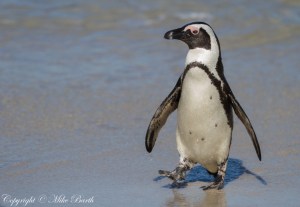
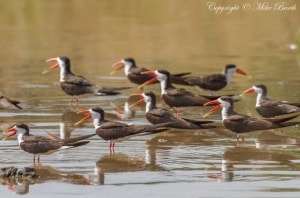
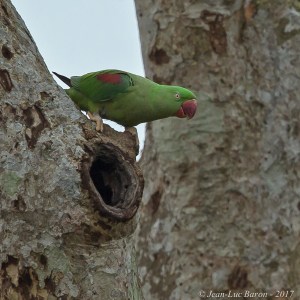
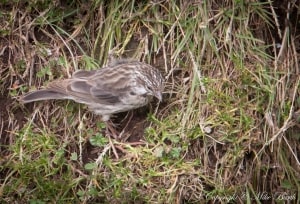
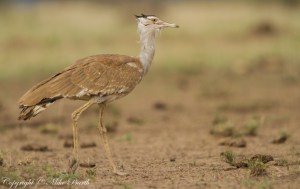
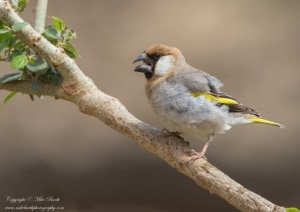
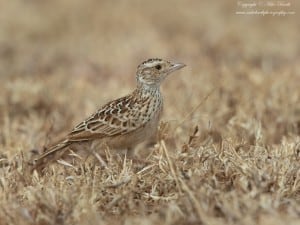

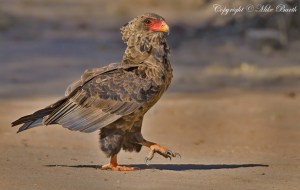
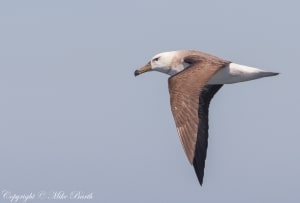


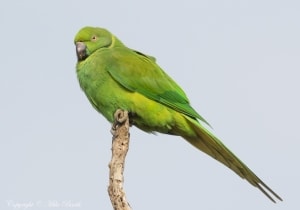
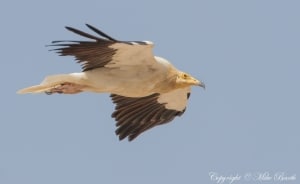
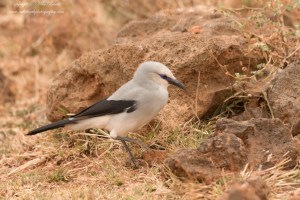

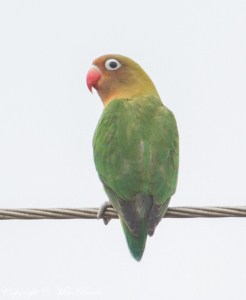
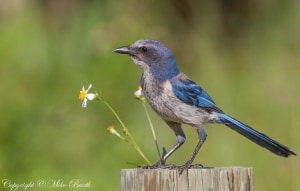
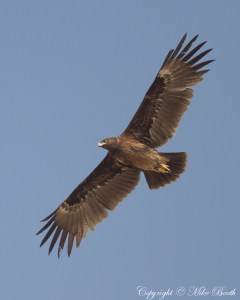
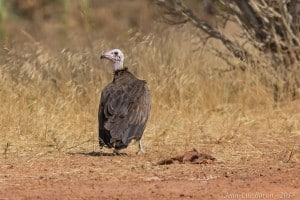
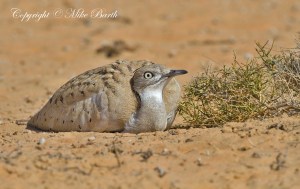
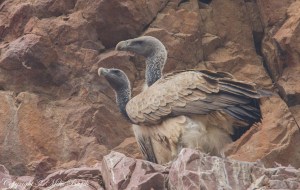
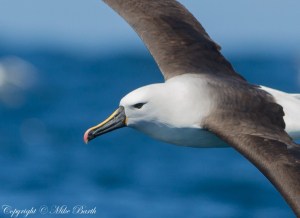
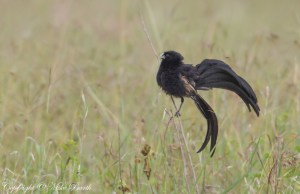
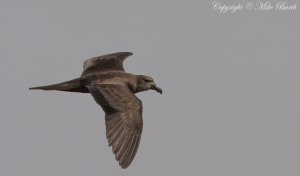
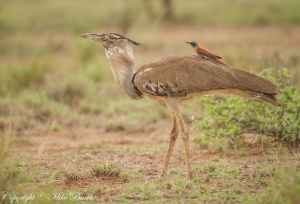
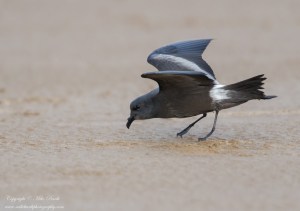
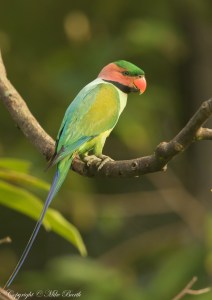
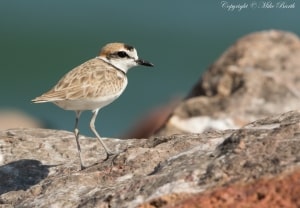

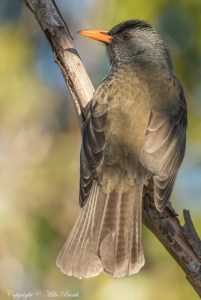
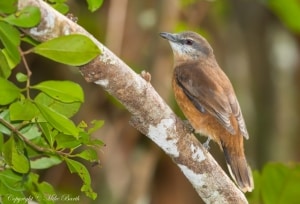
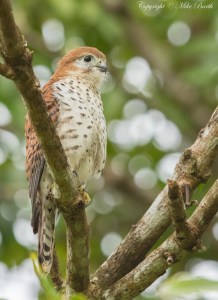
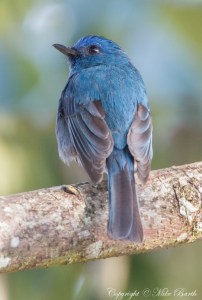
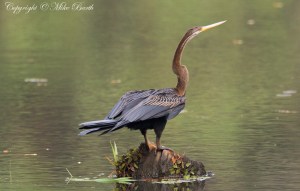
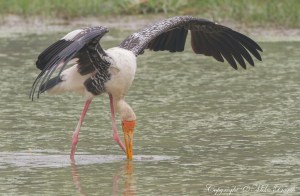
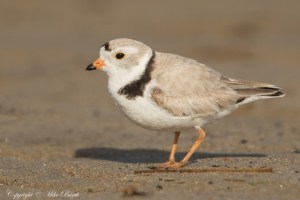
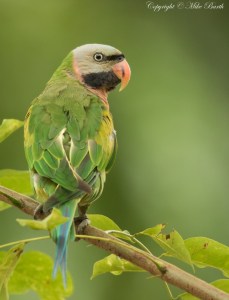

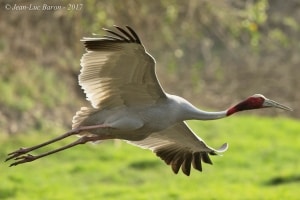
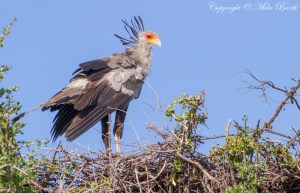
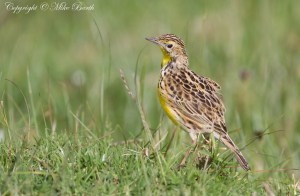
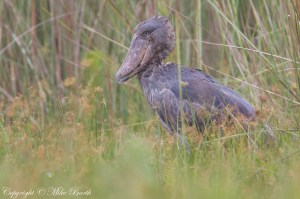
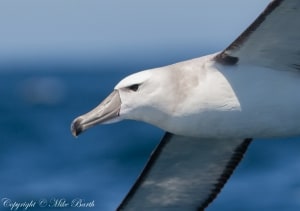
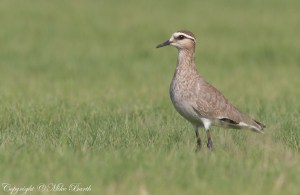
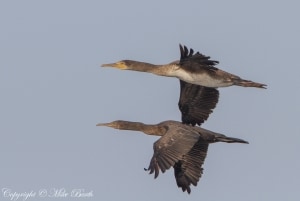
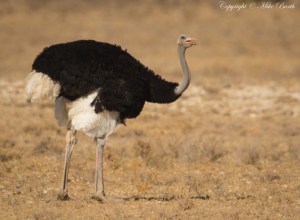
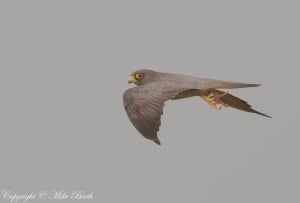
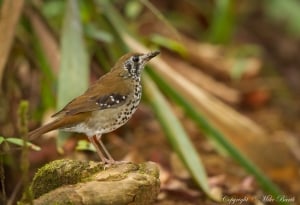
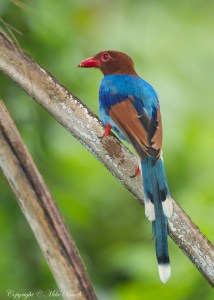
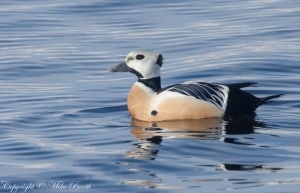


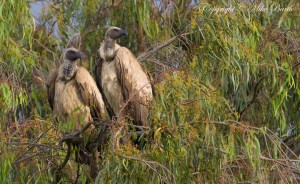

Leave a Reply